

Most on-site septic systems in Massachusetts are regulated under Title 5 of the Massachusetts Environmental Code. There are many considerations to be made before installing an on-site Title 5 septic system. The following considerations provided by the Coastal Engineering Wastewater Treatment Plant Operators will help homeowners have years of trouble-free, environmentally-responsible use.
For a septic system to function properly, it is important for the underlying and surrounding soil to have certain characteristics, most importantly, permeability. The water-carrying capacity of the soil must be determined before a system can be designed. A percolation test is performed in accordance with Title 5 methods, where water is poured into the soil to measure the in-place percolation rate. From this information, the adequacy of the soil to support the liquid discharge from a septic system is determined. Another critical site consideration is the depth to the water table. Title 5 requires that the bottom of the leaching facility (aka soil absorption system) must maintain at least a four foot separation from the groundwater table to provide the minimum treatment through the soil in order to reduce contamination. Soils with high permeability (percolation rates less than five minutes per inch) must provide at minimum a five foot separation to groundwater. That being said, various engineered solutions can be designed into the system to mitigate the occurrence of unsuitable soils or inadequate water table separation.
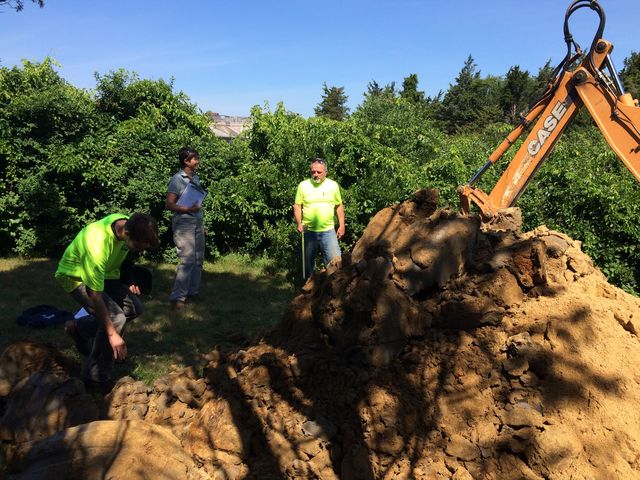
A site evaluation determines which type and size of system is suitable for the property.
To prepare a design plan suitable for review by the Board of Health, a registered professional civil engineer or sanitarian takes into account the results of the site evaluation, the proposed use of the property, and the design flow. The design must allow for setbacks required from existing or proposed structures, property lines, drinking water wells, wetland resources, and the groundwater table. The design will specify sizes and materials for the components, specific locations, elevations of key outlets and piping, and methods of installation. For difficult sites, the engineer can design measures to mitigate problems, i.e. removal of unsuitable soil, creation of a mounded system to provide adequate groundwater separation, or a pumping system to move the effluent where gravity alone will not work. In some cases, a small treatment plant can be designed for site-specific conditions or where other considerations must be accounted for. A properly designed septic system plan will satisfy Title 5 requirements.
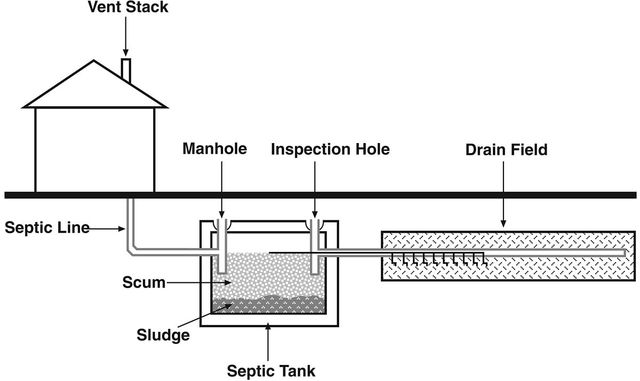
Profile view: basic septic system design.
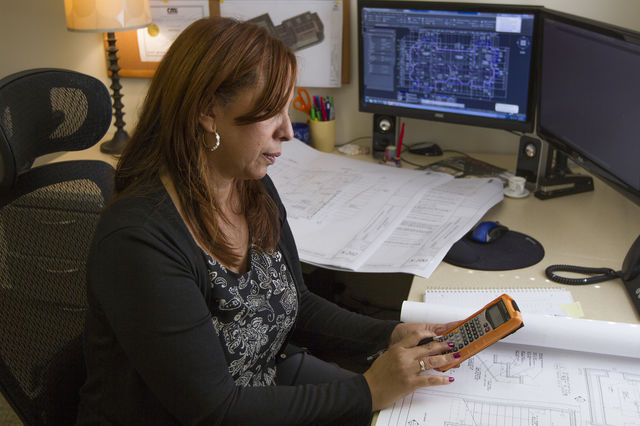
The construction details include the layout of all sewers outside of the home, the location and depth of all tanks, the routing and depth of pressurized effluent lines and other system parts.
Once the design has been approved, a septic installation contractor uses the plan to install the system. If the installer follows the plan, putting the components where shown on the plan and uses the materials and methods specified, the system should operate properly. However, the installer must be meticulous in setting the components, piping, inlets, and outlets at the specified elevations. Coastal Engineering Co. offers construction administration services to ensure the system is installed in substantial compliance with the prepared plan and provide an as-built to file for the Certificate of Compliance. Most on-site systems use gravity to convey flow from the house to each component and finally to the leach field. Setting components out of level interrupts normal flow and can cause significant problems. Pipe connections and couplings must be sealed properly to prevent leaks and possible root infiltration. The septic tank itself must be level and water tight. The consequences of inadequate installation can cause problems that may result in health risks, expensive repairs, and the spread of contamination.
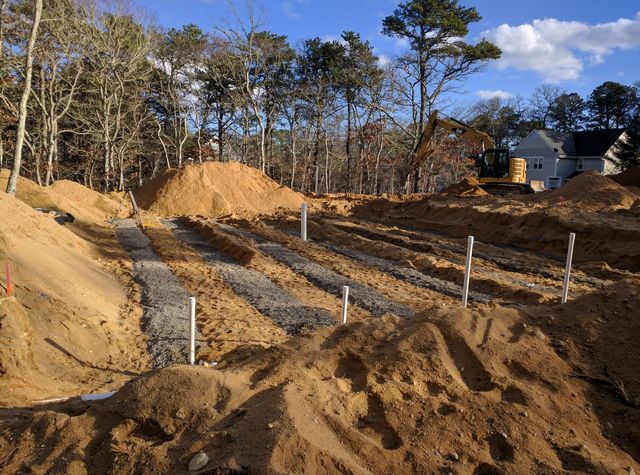
Coastal Engineering Co. offers construction administration services to ensure the system is installed in substantial compliance with the prepared plan and provide an as-built to file for the Certificate of Compliance.
A professional engineer or sanitarian designs a proper septic system based on site conditions and proposed use. Likewise, a septic system installer installs the system by following the design plans and using approved materials and methods. Once the system is in the ground, the key to long, trouble-free use rests with the owner. The difference between out-of-sight-out-of-mind performance and system failure is the implementation of an effective wastewater management program. Small efforts on a regular basis can save a lot of money and significantly prolong the life of the system.
The most obvious septic system failures are easy to spot: pooling water or muddy soil around the septic system or in the basement, water backing up in the toilet or other house drains, foul odors, or strips of bright green grass over the leach field. The causes of these failures include excessive water use, discharge of inappropriate or toxic substances such as paints, solvents, cleaning agents, non-biodegradable paper and plastics, and, in some cases, vegetation planted over the system. Please refer to our Septic System Dos and Donts memo for more information on this topic.
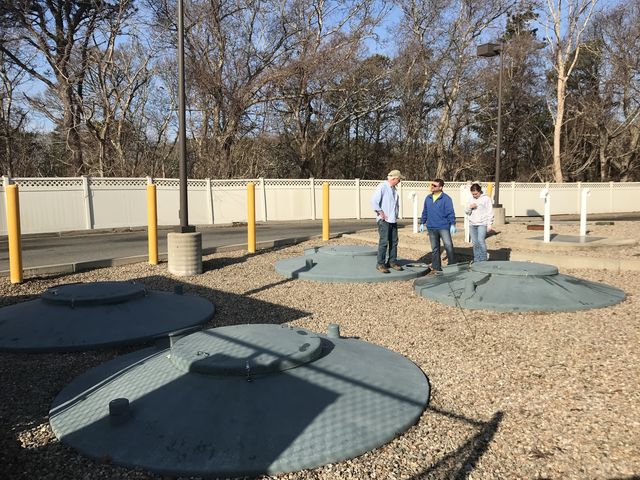
The difference between out-of-sight-out-of-mind performance and system failure is the implementation of an effective wastewater management program.
Inadequately treated wastewater can contaminate drinking water and thus transfer diseases to animals and humans. Failing systems also leak excessive nutrients and bacteria to lakes and marine waters, destroying plant and animal habitat, and closing beaches. To help prevent a septic system from failing, the owner must be vigilant to prevent the discharge of inappropriate substances. The single most important measure that can prolong the life of the system is to inspect the septic tank and have it pumped regularly. If a problem is suspected, a licensed Title 5 inspector can check the system and make recommendations for pumping or repair. With or without a full septic inspection, pumping the septic tank every two to three years, depending on the amount of use, can prolong the life of the leaching facility, thus providing years of trouble-free service. Preventive maintenance is much more economical than repair or replacement. It could cost up to $40,000 to replace a failed system versus up to $600 for a full inspection or approximately $300 to have it pumped. A small effort on a regular basis can save money and significantly prolong the life of the system.
Please contact us to learn more about our I/A operation and maintenance services!